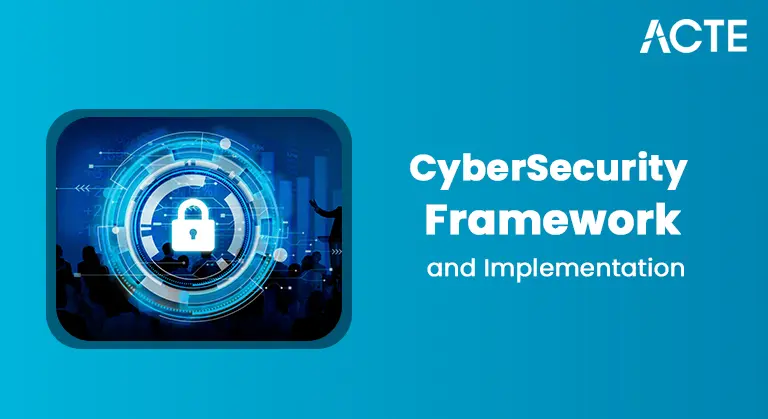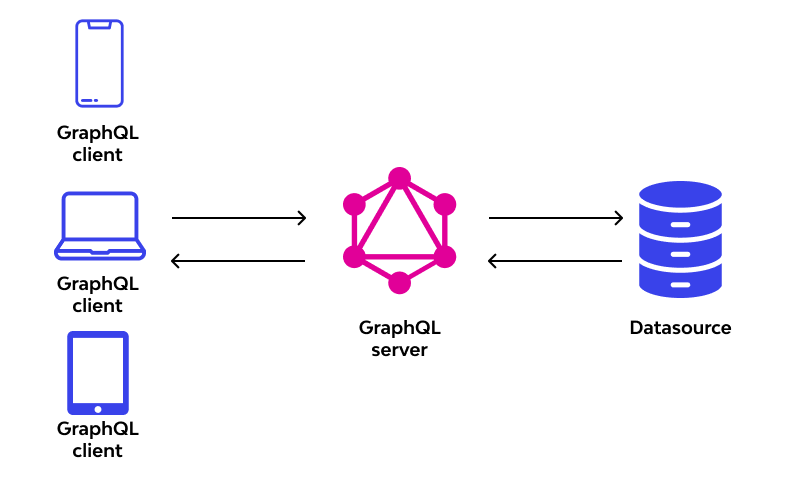
- Introduction
- AWS AppSync: What is it?
- Why Is AWS AppSync Necessary?
- How Does AppSync on AWS Operate?
- AWS AppSync features
- The Distinction: The Advantages of Using AWS AppSync over Azure
- The drawbacks of AWS AppSync
- Conclusion
Introduction
The significance of AWS AppSync for businesses is just amazing! It speeds up the application development process, increases client satisfaction, and eventually increases income for enterprises. Let’s look at AppSync’s benefits, limitations, and several standout features that can help companies stay competitive. AWS AppSync empowers businesses by enabling real-time data synchronization, offline access, and seamless API management. AWS Training simplifies backend development, reducing time-to-market while ensuring scalability. With built-in security, fine-grained access control, and integration with AWS services, AppSync enhances application performance, making it a vital tool for modern, data-driven enterprises.
AWS AppSync: What is it?
Through the integration of several data sources, including databases, microservices, and third-party APIs, developers can effortlessly create GraphQL APIs with AWS AppSync, a fully managed service. Businesses can use AppSync to handle the intricate process of using GraphQL to query data from several sources in real time. This allows applications to easily get and manipulate data, enhancing performance and lowering the quantity of requests sent to the backend. Clients can more effectively communicate with APIs by requesting precisely the data they require using GraphQL, a query language for APIs.

AppSync is a great option for businesses wishing to update their apps since it combines the strength of GraphQL with offline functionality and real-time data synchronization. AWS AppSync enhances application responsiveness by minimizing over-fetching and under-fetching of data. It supports serverless architectures, boosting scalability and cost efficiency. With real-time updates, offline data access, and seamless AWS MSK, businesses can deliver dynamic, high-performing applications while simplifying backend management and reducing development complexities.
Gain in-depth knowledge of AWS by joining this AWS Certification Training now.
Why Is AWS AppSync Necessary?
Scalability and user experience are critical factors in the creation of contemporary web and mobile applications. AWS AppSync performs a number of vital functions:
- Effective Data Handling: GraphQL APIs enable clients to request data from several sources in a single query, in contrast to standard REST APIs, which frequently call for multiple queries to various endpoints. This speeds up data retrieval and enhances application performance by lowering round trips between clients and servers.
- Real-Time Data: AppSync’s real-time subscription feature enables users to get updates automatically whenever data is updated. Applications where real-time contact is essential, such as chat systems, live data dashboards, and social networking platforms, will find this very helpful.
- Support for Offline: AWS AppSync provides offline data synchronization, allowing apps to run even in the event of unreliable or inadequate network connectivity. The user experience in mobile and remote applications is enhanced when the software automatically synchronizes any changes made while offline when it returns to the internet.
- Scalability and Security: Because AppSync is a fully managed service, it automatically scales in response to usage, guaranteeing steady performance even during periods of high traffic. For safe, Docker Containers on AWS and authorization, it also connects with AWS services like AWS Lambda, Amazon Cognito, and AWS Identity and Access Management (IAM).
- Cost-effectiveness: Compared to installing and maintaining specialized API infrastructure, AWS AppSync’s pay-as-you-go pricing model guarantees that companies only pay for the requests they make.
How Does AppSync on AWS Operate?
The foundation of AWS AppSync is GraphQL, a versatile and effective substitute for REST APIs. With GraphQL, clients may specify precisely what data they require in a single request, preventing either too much or too little data from being fetched. A potent set of capabilities that support GraphQL is offered by AppSync. AWS Lambda, Amazon Elasticsearch, Amazon DynamoDB, Amazon Web Services Workmail, and HTTP endpoints are just a few of the data sources that AppSync can integrate. Because of its adaptability, AppSync can be used for a multitude of purposes. The logic that connects a GraphQL query to data sources is known as a resolver. With AppSync, you may leverage AWS Lambda functions to run custom business logic or construct resolvers using the native support of Amazon DynamoDB. This enables developers to effectively construct intricate data interactions. AppSync allows users to sign up for particular events with its support for GraphQL subscriptions. Subscribing clients automatically receive real-time updates whenever data changes in the backend (for example, when new entries are added or old ones are modified). Web and mobile apps can keep local copies of data using the AWS AppSync SDK, allowing them to function even when they are not connected. When connectivity is restored, changes done while offline will be reflected in the backend.
Unlock your potential in AWS with this AWS Certification Training .
AWS AppSync Features
- Real-Time Data Updates: AppSync allows clients to receive real-time updates whenever data in the backend changes by supporting GraphQL subscriptions.
- AppSync: AppSync automatically syncs data offline by caching it locally and syncing updates when network circumstances improve.
- Multiple Data Source Integration: Easily connects to third-party APIs, Lambda functions, and Understanding The AWS State Machine (such as DynamoDB and RDS).
- Integrated Security: AppSync provides fine-grained access control with AWS IAM and connects with AWS Cognito for user authentication.
- Scalable Architecture: Because it is fully managed, it scales automatically to handle changing loads without human involvement.
- High Availability and Reliability: Redundancy and little downtime are guaranteed by AppSync’s operations across several AWS regions.
The Distinction: The Advantages of Using AWS AppSync over Azure
API management solutions are provided by both AWS and Azure; nevertheless, AWS AppSync is unique for the following reasons,Comprehensive Connectivity with AWS Services.Because of AWS AppSync’s close integration with other AWS services, such as AWS Lambda, DynamoDB, and Cognito, creating a reliable and secure serverless architecture is simple. Although Azure offers services like Cosmos DB and Azure Functions, the native AWS environment offers a more seamless experience. AWS Training is tailored to work with GraphQL APIs. However, Azure does not offer a fully managed GraphQL service that is equivalent. Although Azure is capable of integrating GraphQL, AWS AppSync provides more comprehensive and feature-rich support, including real-time subscriptions and seamless offline data sync. DynamoDB, Aurora, Lambda, and Elasticsearch are just a few of the many data source connections that AWS AppSync provides. Although Azure offers comparable features through services like Azure Cosmos DB, AWS AppSync has an advantage because of its direct support for numerous sources, which makes integration simple and flexible. Pay-per-query is the pricing structure used by AWS AppSync, meaning that companies only pay for the queries they run. Compared to Azure API Management, which costs for all API management features, this pricing model may be more economical. AWS AppSync enhances developer productivity by providing built-in real-time data synchronization, offline support, and fine-grained access control. Its scalability and cost-effectiveness make it ideal for businesses looking to optimize API management. With strong AWS ecosystem integration, it streamlines application development, ensuring efficiency, flexibility, and a seamless cloud experience.
Ready to excel in Cloud Computing? Enroll in ACTE’s Cloud Computing Master Program Training Course and begin your journey today!
The Drawbacks of AWS AppSync
- Complexity for Novices: For people who are unfamiliar with GraphQL or AWS services, setting up AppSync could involve a steep learning curve. Despite the thorough documentation, developers who are not familiar with AWS may find it difficult to configure numerous data sources and resolvers.
- Cost Overhead: Although AWS AppSync has a pay-as-you-go pricing structure, companies that receive a lot of requests or have high traffic may face a considerable increase in expenditures. Keeping costs under control requires optimizing the queries and keeping an eye on utilization.
- Restricted Authority Over Underlying Infrastructure: Because AWS AppSync is a managed service, companies are not in total control of the platform. For businesses that need customized setups or have certain security and compliance requirements, this can be a drawback.
- Latency: Despite AWS AppSync’s overall performance, sophisticated resolvers and real-time updates—particularly when Lambda functions are used—can cause some lag in updates or data retrieval. Applications that need very low latency may find this problematic.
- Region Availability: Although AWS AppSync is accessible in the majority of regions, some less popular areas might not be able to utilize all of AppSync’s functionalities, which could restrict the scalability of applications globally.

Preparing for a job interview? Explore our blog on AWS Interview Questions and Answers!
Challenges in Implementing AWS AppSync
AWS AppSync offers powerful GraphQL API capabilities, but it presents a steep learning curve for beginners unfamiliar with AWS services. Managing multiple data sources and resolvers can be complex. Additionally, latency issues may arise when using Lambda functions, impacting real-time data retrieval.The pay-as-you-go model can lead to high costs for businesses with heavy traffic. Since AppSync is a managed service, companies have limited control over infrastructure, which may pose challenges for those with strict compliance needs.AWS AppSync simplifies Docker in Linux Software Development by seamlessly integrating with various AWS services, enhancing efficiency and scalability. However, businesses must carefully monitor query optimization and resource utilization to control costs. Despite its challenges, AppSync remains a robust choice for building real-time, data-driven applications with minimal backend management.
Conclusion
AWS AppSync provides a robust feature set for creating GraphQL APIs that are scalable, effective, and real-time. It is a great option for contemporary online and mobile apps because of its real-time data capabilities, offline syncing, and extensive connection with AWS services. However, when using AppSync for large-scale deployments, developers should be aware of potential complications, pricing considerations, and regional limits. By being aware of the benefits and limitations of AWS AppSync, companies may decide how best to use this service to boost user experience, speed up app development, and spur company expansion. AWS Training simplifies backend development by automating data fetching, optimizing performance, and reducing manual API management efforts. Its event-driven architecture ensures efficient updates, while built-in security features provide fine-grained access control. By leveraging AppSync, businesses can create resilient, high-performing applications that seamlessly integrate with the AWS ecosystem.





